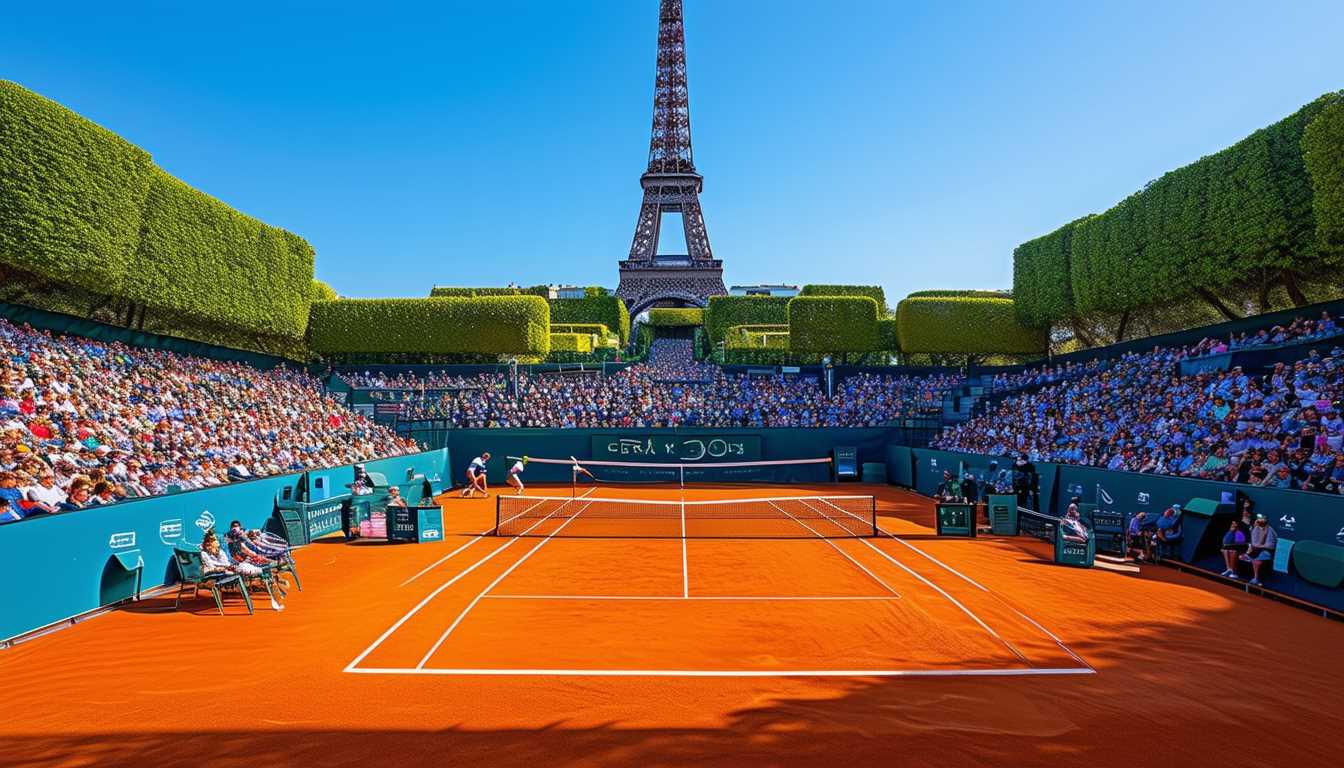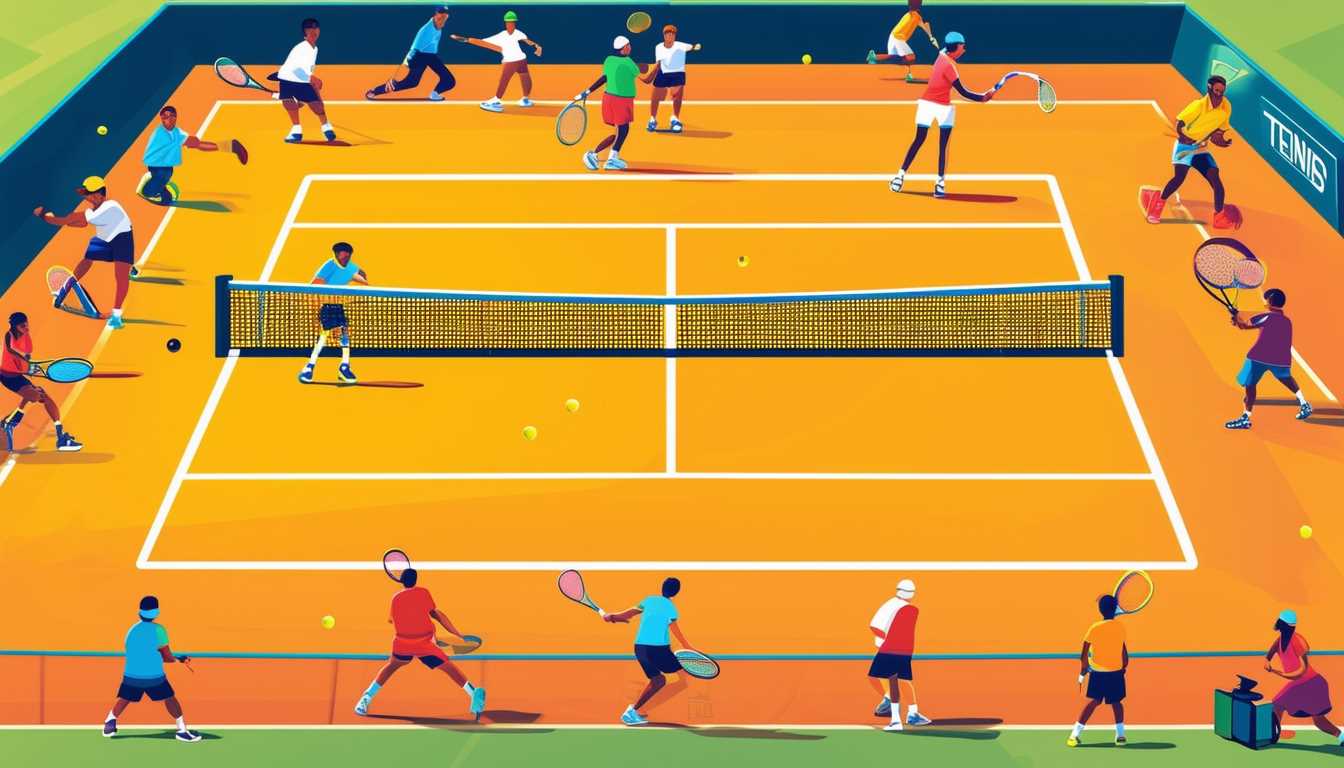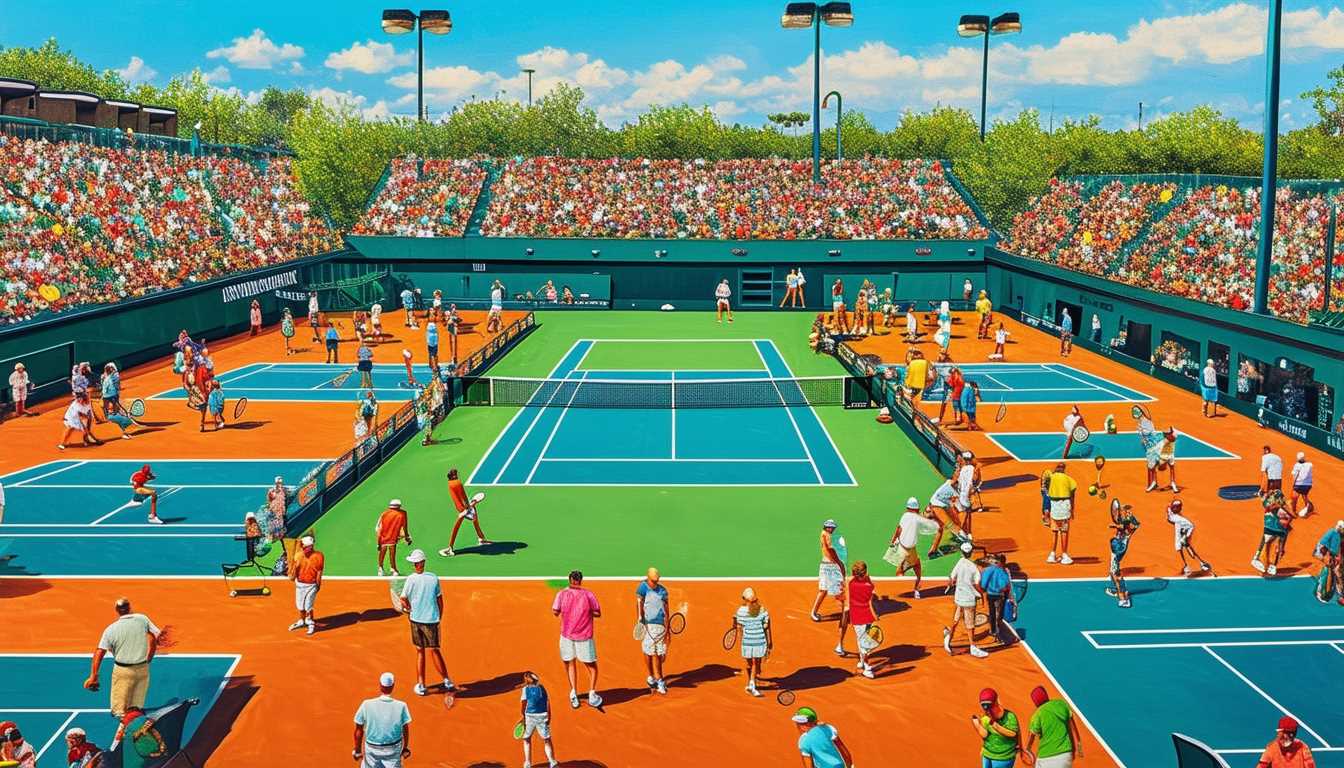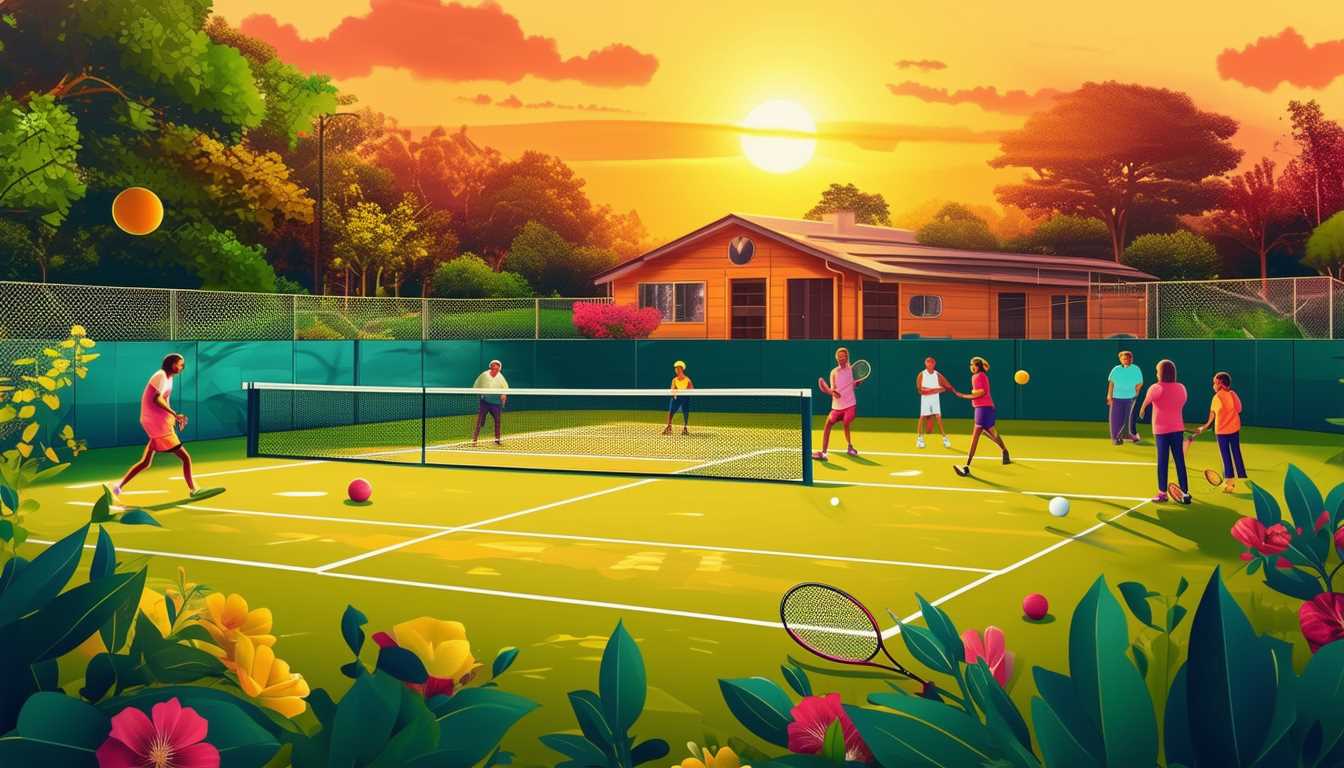Top Tennis Competitions On Clay Courts

Clay courts are a unique challenge in professional tennis, hosting some of the sport’s most exciting tournaments. The French Open is seen as the ultimate clay court challenge, testing players’ endurance and skill.
The Monte-Carlo Masters is not only beautiful but also a showcase for strategic gameplay. Each tournament, including the historic Italian Open, the high-altitude Madrid Open, and the player-favorite Barcelona Open, has its own character.
These competitions stand out from those on hard and grass courts, captivating both players and fans. Let’s talk about what makes clay court events so special and how they’ve stayed appealing in today’s tennis world.
The French Open: A Premier Event
The French Open, held every year at Roland-Garros in Paris, is a highlight in the tennis calendar, especially for those who excel on clay courts. Unlike its faster counterparts – grass and hard courts – clay surfaces slow the ball down and increase its bounce. This change in the game’s dynamics requires players to have exceptional stamina and tactical knowledge. They need to be quick on their feet, patient, and smart in their play to succeed on this challenging surface.
Winning the French Open is seen as a significant achievement in a player’s career. It’s not just about having the skill to hit the ball; it’s about outlasting your opponent in long rallies, adapting your strategy on the fly, and handling the physical demand that clay courts impose. Players who do well here, like Rafael Nadal with his unmatched record, are celebrated for their ability to conquer the sport’s toughest challenge.
The tournament is more than a series of matches; it’s a test of mental and physical strength. Competitors face the dual task of managing their energy levels through potentially lengthy matches, while also staying mentally sharp to capitalize on opportunities. The French Open is unique in this regard, demanding a blend of endurance, strategic thinking, and adaptability that’s unparalleled in tennis.
Monte-Carlo Masters: Scenic Battles
The Monte-Carlo Masters is not just any tennis tournament. Located in Monaco, its setting is as luxurious as it gets, with the Mediterranean Sea providing a stunning backdrop. This isn’t just about the location; the clay court here brings a unique challenge to the game. Playing on clay requires players to have not just strength but also smart strategies and the ability to adjust their game to slower conditions. This makes the Monte-Carlo Masters a critical event for those specializing in clay court play.
The significance of this tournament stretches beyond its scenic location. It acts as a vital part of the clay court season, offering players a chance to test their skills and adaptability on this demanding surface. This is crucial because performance here is often seen as an indicator of how well players might do at the French Open, another key clay court event. This means every match at the Monte-Carlo Masters is not just about winning but also about preparing and strategizing for future success.
For example, a player who excels in the quick hard courts might find the slow pace of clay challenging. This tournament gives them the opportunity to adjust their play style, focusing more on stamina and strategic plays rather than sheer power. It’s here that players often tweak their techniques, like improving their slide on clay or mastering the drop shot, which can be particularly effective on this surface.
In a nutshell, the Monte-Carlo Masters is more than a tournament. It’s a blend of luxury, challenge, and critical preparation for the clay court season. Players come here not just to compete, but to adapt and enhance their game, making every match a fascinating display of talent, strategy, and determination.
Italian Open: History Meets Talent
The Italian Open, which began in 1930, is a key tennis tournament on the European clay circuit. It’s held in Rome and is known for its challenging red clay courts. These courts slow down the ball, requiring players to have excellent endurance and strategic skills. This tournament is particularly important because it happens right before the French Open, making it a perfect opportunity for players to fine-tune their game on clay.
Rome, with its historic sites, provides a stunning backdrop for the tournament, merging the old with the new. This setting not only elevates the event’s prestige but also adds a unique charm, distinguishing it from other tournaments. Participants and spectators alike get to experience top-tier tennis in a city rich with history.
Over the years, the Italian Open has become a predictor of success at Roland Garros, the French Open. This is because the conditions in Rome are similar to those in Paris, where the French Open is held. Players who perform well at the Italian Open often carry that momentum into the French Open, making this tournament a critical part of their preparation.
Madrid Open: High Altitude Challenges
Moving from Rome’s well-known clay courts to the Madrid Open introduces a significant shift for players due to its high altitude setting. Madrid stands over 650 meters above sea level, which affects how the tennis ball behaves. At this height, the air is thinner, making the ball fly faster than usual. This change requires players to react more quickly and adjust their timing when hitting the ball.
The high altitude also poses a physical challenge. With lower levels of oxygen available, players need to manage their energy efficiently to maintain their stamina throughout matches. This situation tests not only their physical conditioning but also their ability to adapt to different playing conditions.
In Madrid, players face the dual challenge of mastering the clay surface while also adapting to the environmental factors unique to the tournament’s location. Success at the Madrid Open demands a well-rounded skill set, showcasing a player’s ability to adjust their playstyle and maintain peak physical condition under varying conditions.
For anyone looking to improve their performance in similar conditions, focusing on cardiovascular fitness can be beneficial. Training at higher altitudes, if possible, or using altitude simulation masks could help in preparing for the decreased oxygen levels. Additionally, practicing with faster ball speeds can aid in adjusting to the quicker game pace experienced at higher altitudes.
Barcelona Open: A Player Favorite
The Madrid Open might be known for the challenge its high altitude presents, but the Barcelona Open stands out for different reasons. Players love it for the perfect playing conditions and the warm welcome they receive. Located in the historic city of Barcelona, this tournament offers an unmatched clay court experience that combines tough competition with a chance to soak in the local culture.
At the Real Club de Tenis Barcelona, the slower clay courts favor players who are good at long rallies and have a strong strategic game. This is because the clay surface slows down the ball, making physical endurance and a smart play style key to winning matches. The tournament isn’t just about tennis; it’s steeped in history and supported by enthusiastic fans, creating an electrifying atmosphere for the players. This combination of factors makes the Barcelona Open a highlight of the clay court season for many players.
The tournament’s appeal isn’t just in its gameplay. It’s also in how it brings together the rich history of Barcelona with the passion for tennis. Players get to experience the city’s vibrant culture while competing in a tournament that challenges them and brings out their best. This is why the Barcelona Open is more than just a tournament; it’s a cherished stop in the tennis calendar that players look forward to every year.
Conclusion
Clay court tournaments are a big deal in tennis, and they really stand out for a few reasons. The French Open is at the top of the list when it comes to prestige. Then you have tournaments like the Monte-Carlo Masters, Italian Open, Madrid Open, and Barcelona Open. Each of these adds something special to the clay season.
They’re not just about the game; they’re about the beautiful locations, the history, and the unique challenges that clay courts bring. These competitions push players to show their best skills and adapt to different conditions. Plus, they add a lot of variety to the world of tennis, showing us the many sides of the game and what players can do on clay courts.






